
Tell everyone else in the house to pretend they don’t speak English and talk slowly and loudly to them.
Hang all of your children’s artwork in the hallway. Then slowly walk through discussing with your family what the artist was trying to depict.
When your quarantine partner asks for water, ask, “gas or no gas?”

If you are like me, you are getting pretty fed up with Traveling in Your Mind or Traveling in Your Imagination (NB: I have written several blogs myself about these no-level activities).
Making believe that you are someplace else makes sense these days. Most of us want to be somewhere other than where we are. But what are the lengths that we will go to do that?
Rick Steves’ “No-Travel Tips”

Rick Steves, leader of the extremely successful U.S. travel franchise (and host for 35,000 tourists for his 2020 guided tours before Covid-19 hit) suggests that it is entertaining and challenging to act AS IF you are traveling right now. He recently posted a call for “no-travel tips” on YouTube in an effort to bring a little bit of Europe into his followers’ “locked-down lives” at home. He got nearly three thousand comments, including the following:
- Put the lights on a timer programmed to switch off when you’re going upstairs and find your bedroom in the dark.
- Refuse to acknowledge anyone until they say, “Bonjour Madame.”

- Change the hot and cold tap labels on your bathroom sink, or better yet, the shower!
- Detach your toilet seat and just sit on the porcelain.
- Stand around the corner from a painting. Just stand there for hours waiting to get to see it.
- Next time you go to the grocery store, just put all the cash you have in your hands and hold it out for the cashier to take what they need.
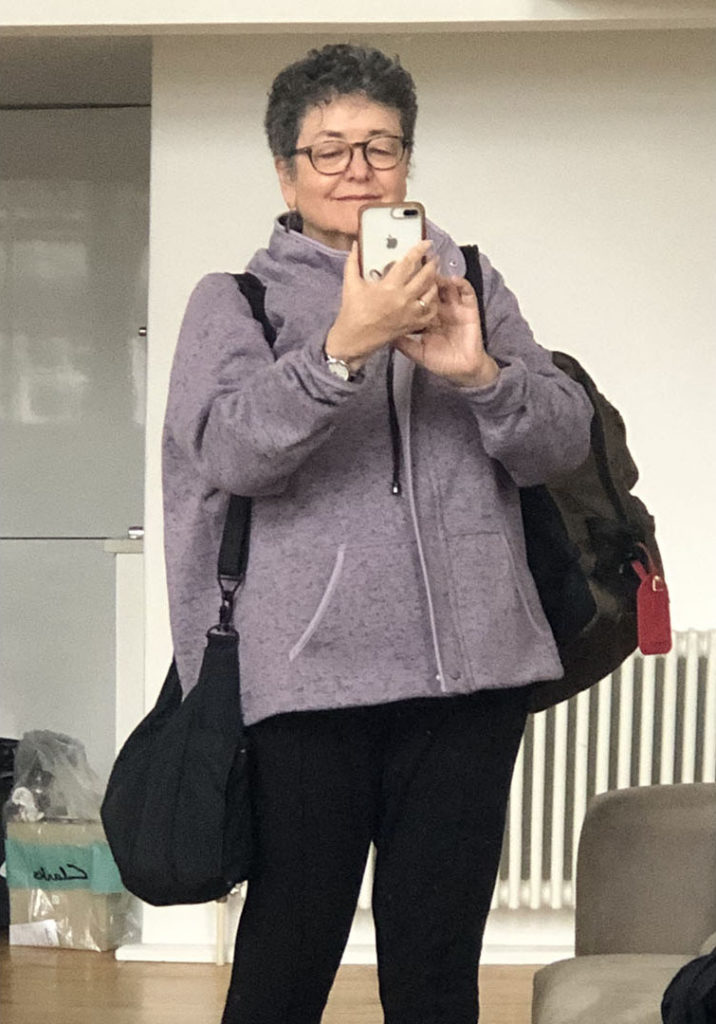
- Get up at 4 A.M. and set your suitcases outside the door.
- Wash your socks in the sink.
Try Your Own Tips
I shared this list with my pals on the Over 60 Female Travel and Meetup Group, and they came up with their own tips. This entertained us for several days. I’m also thinking about starting a post in this group about “no-travel tips” for Asia (leave my grungy flip flops at the entrance to my house and hope that they’re there when I leave). Now I’m back to wondering what more an inveterate traveler and blogger can do with herself during the pandemic.
Travel Without Going Anywhere: Armchair and Virtual Travel

The term armchair travel describes learning about a place without having gone there. In times past it involved reading and listening to speakers and more recently has come to include television, film, and online travel programs.
Virtual travel may offer more depth to a non-travel experience, including a simulation of a place through photographs, video, or digital exhibits. In most cases, you can navigate your way through the location yourself.
One prime example of virtual travel is offered by the Smithsonian Institution. Not only do they offer a virtual tour of a 17th-century shipwreck off the coast of Iceland, they also have a link to ten virtual museums and an opportunity to watch fireflies in Great Smoky Mountains National Park.
Good Points of Armchair and Virtual Travel
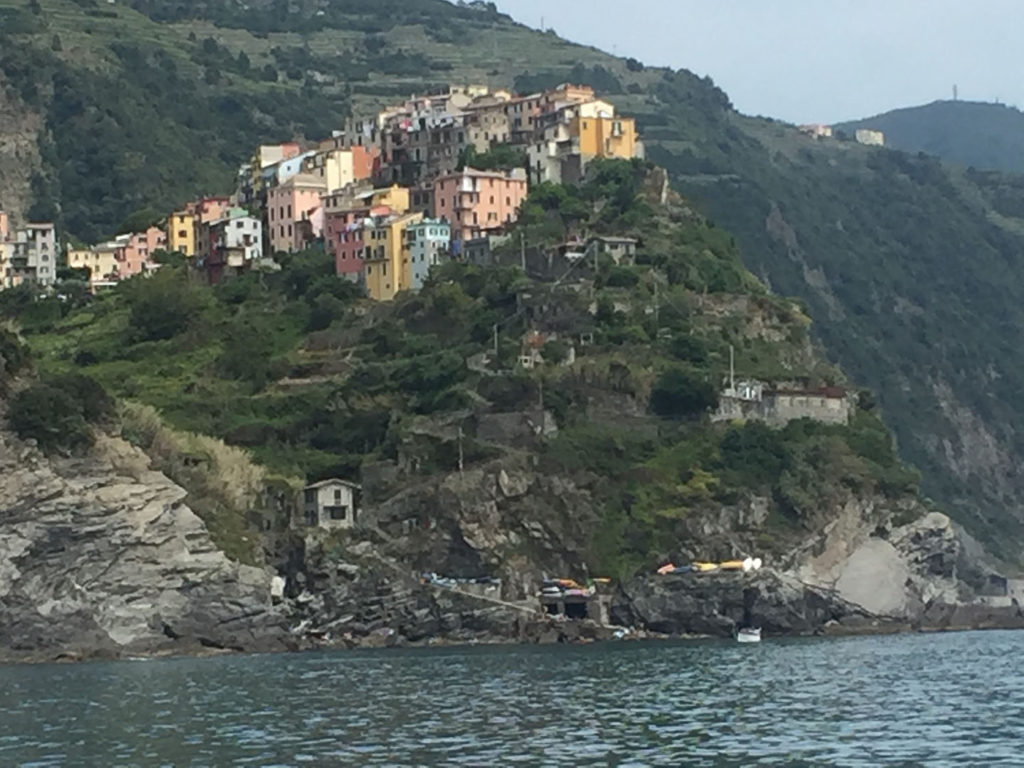
- You can “see” a place that may be too far or too difficult for you to visit (e.g. I will never climb anything ever again, especially in high altitudes), and I will probably never get to Easter Island (check out a virtual tour here).
- Armchair and virtual travel are available during the pandemic, when many of us can’t yet go anywhere.
- Some virtual travel and streaming sites are handpicked and edited for you.
- Although some sites do charge access, especially for tours, traveling online is virtually free.
- Some experiences are even more pleasant virtually, especially performances and museums. Your have an up-close and personal view without crowds or noise getting in the way.
- You can have a glass of wine and some bread and cheese (or tacos or momos) while you watch.
- The weather in your home is usually good, as opposed to the Scottish Highlands.
- You can check things off your bucket list (see Pierre Bayard’s How to Talk About Places You’ve Never Been: On the Importance of Armchair Travel (2016)
- You don’t HAVE TO go anywhere or do anything.
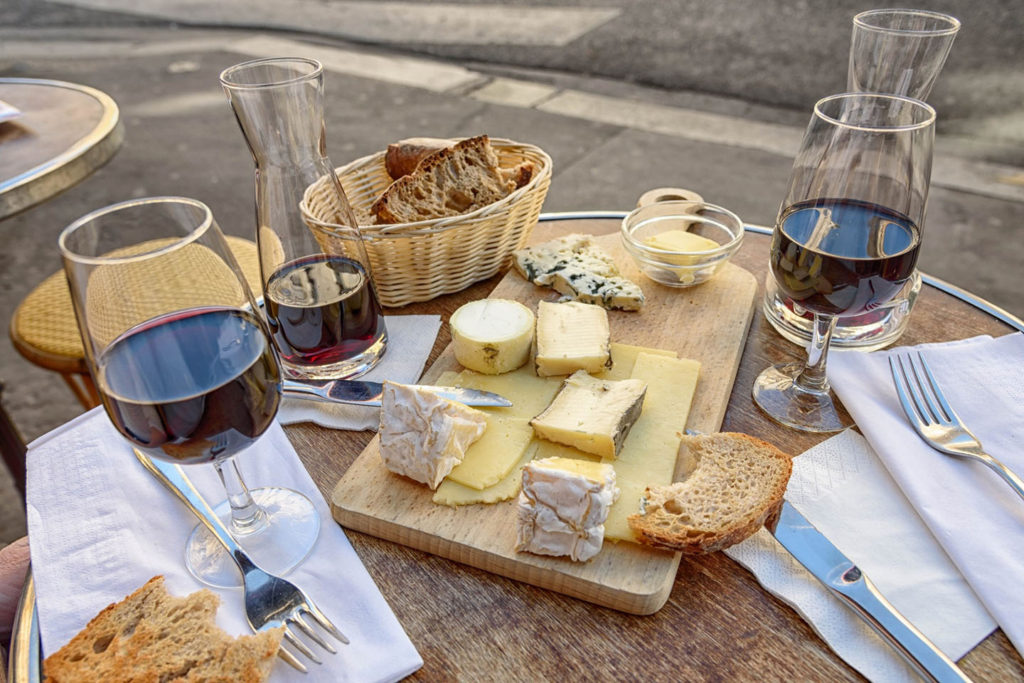
Bad points of Armchair and Virtual Travel
- You can’t pat yourself on the back for making it to someplace challenging (although I personally wouldn’t miss hiking across rock slides to get into Tibet, which gave me nightmares for decades).
- You don’t see or interact with either other travelers or locals (then again, no one tries to sell you anything, a good point).
- You don’t get to experience local food or drink (although your digestive system might thank you for that).
- You don’t get that rush of joy when you’ve been waiting to experience something and then you do.
- You may have to wade through ads and commercials to view online material.
- Hello: photos or videos of gorgeous places are SMALLER than in reality.
- You may have technical difficulties and challenges setting up some virtual travel sites.
- You are not THERE.
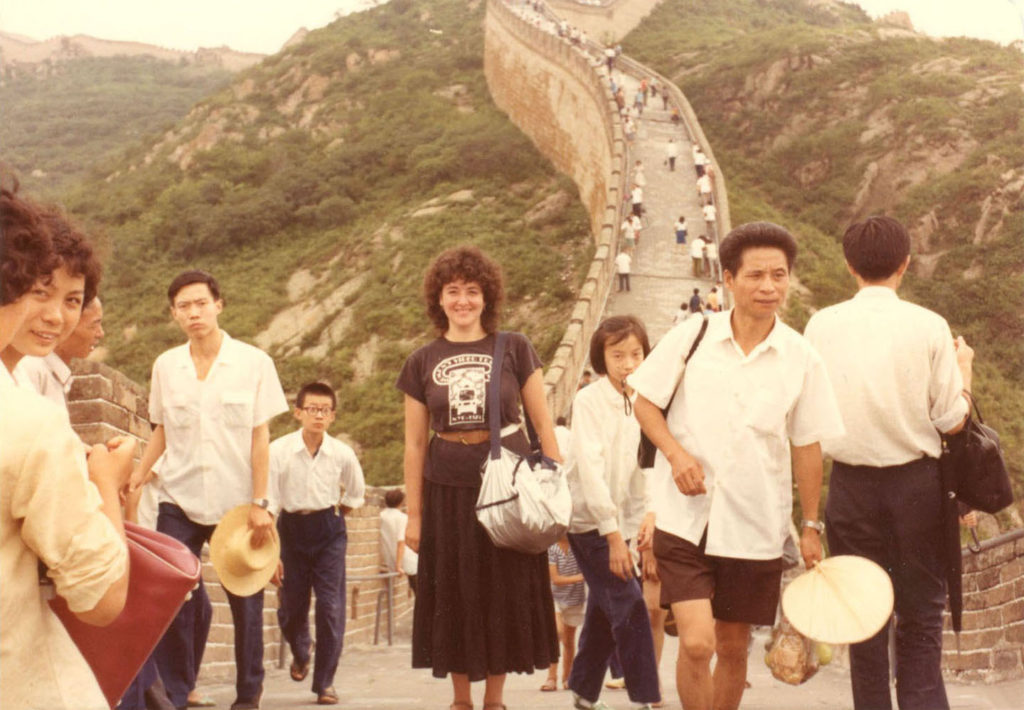
Other Ways to Travel Virtually: Feed Your Head
Lectures about other countries and their cultures have been around for centuries, only in the past the best of them might have been out of reach. Chances are you’ll never be a member of the Explorers Club in New York City, founded in 1904. The club has historically been devoted to “promoting the scientific exploration of land, sea, air, and space by supporting research and education in the physical, natural and biological sciences.”
These days it is a lot easier to learn about the world from people who know what they’re talking about—especially online.
Some travel companies have even been offering online programs about history, geography, nature, literature, and the arts. That’s one way that these businesses keep in touch with their clientele and help them satisfy their curiosity about places around the world (hopefully for future travels).

The travel and lifestyle nonprofit organization Road Scholar has been around since 1975, when it was known as Elderhostel; it was renamed in 2010. The goal of Road Scholar is experiential learning, not just travel. Their tours have always been based on examining the culture and history of a place.
During the pandemic I’ve attended lectures on their Virtual Learning with Road Scholar page.
And, among many other fascinating tidbits, I learned more about the place of cod fish in the history of the world in “Newfoundland and Labrador: Gateway to North America.” When I get back to London post-Covid, I’ll have a lot of knowledge about the origins of the city from their online lecture on “The Origins of London: A Virtual Field Trip. ” Did you know that a pre-Roman figure called King Lud founded London and is buried at Ludgate?
I also want to include a shout out to Viator. They include on their site 360 degree videos provided by their film crews of such virtual experiences as off-road jeeping through Sedona, hanging out with African penguins, and a wonderful virtual journey down a river in Vietnam …. a place I’ll probably never visit.
Virtual travel is just another way of appreciating the diversity and wonder of the world. As Rick Steves says, “If it’s not to your liking, change your liking.” It’ll make your journey a lot smoother.
Reading: the Old-Fashioned Virtual Travel

Of course reading is still an inspiring way to take a journey without having to go anywhere. Great travel books can expand one’s imagination and dreams, while virtual travel directs the viewer down a specific path of experience. I wrote a blog during the past year about Amazing Early Women Travel Writers; women rarely had tales of their journeys and their perceptions about them published. Another series that will set your mind wandering is The World’s Great Travelers (beginning in 1901), an eight-volume set available on Amazon.
The series offers firsthand narratives like “Adventures With Tunisian Bandits,” “Fugitives From the Arctic Seas,” and “Mount Etna in Eruption.”
One Hundred of the World’s Greatest Travel Books harks back to the time when people relied on the work of writers, adventurers and explorers like Charles Darwin, Mark Twain, E. M. Forster, George Orwell and others to tell us about life beyond our horizons.
With the help of low and high technology, we can still wander the world from our homes. Our previous travels can also inspire us to appreciate not going anywhere during the pandemic. Rick Steves points out that, when you get nostalgic about the wonderful moonrise you saw in the Swiss alps, remember that “we have moonrises here, also.”
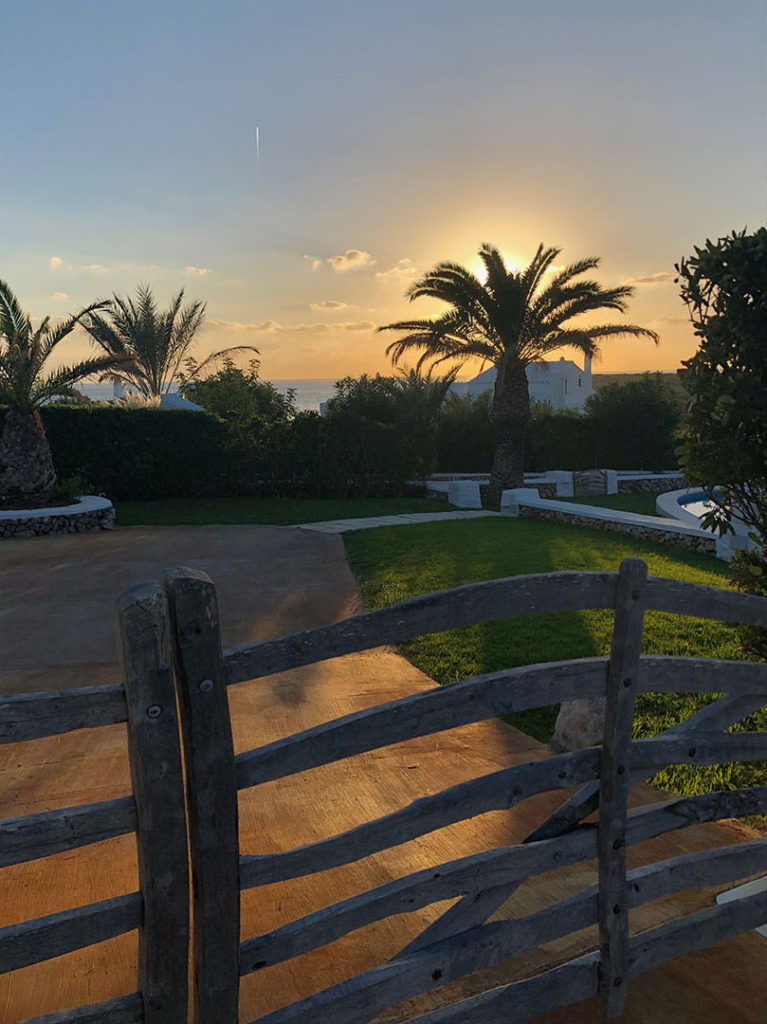

Great suggestions, Barbara. Thanks for the inspiration.
This was really fun to read.
Thanks, Talek! Much appreciated.